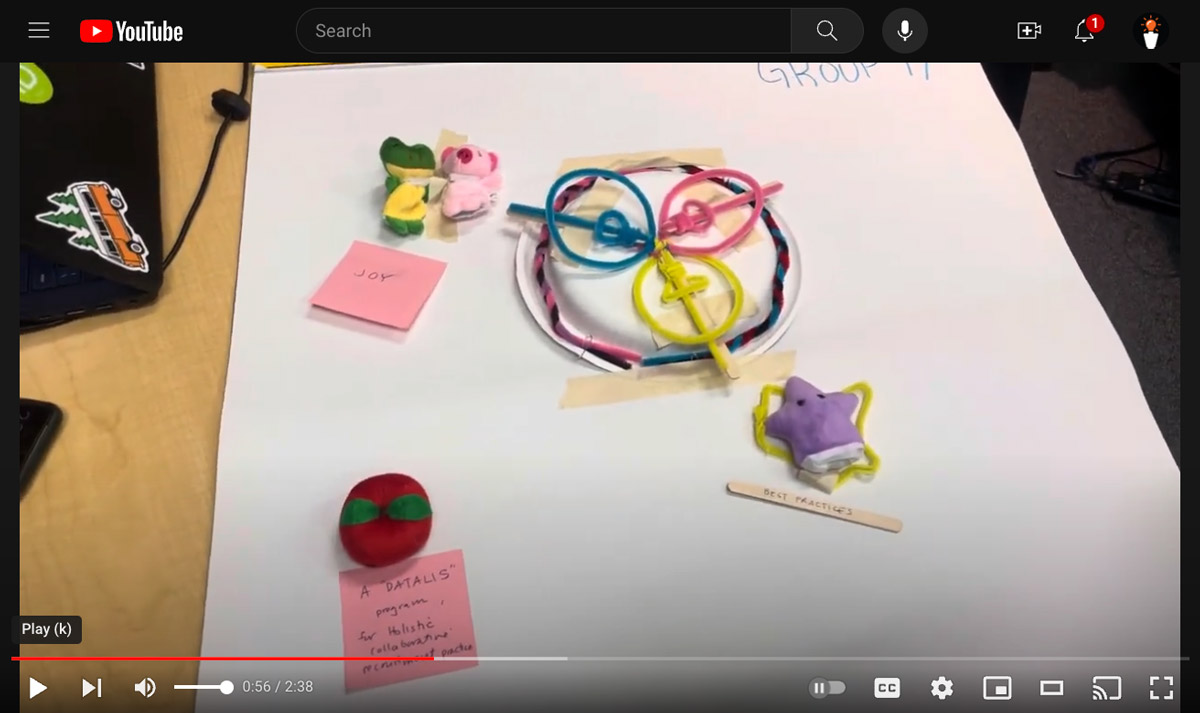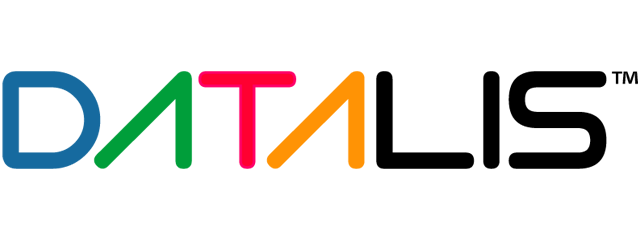Fostering Joy and Collaboration in LIS Recruitment Processes
Innovating Job Searches to Enhance Diversity, Engagement, and Retention through Mutual Support
In a refreshing take on the recruitment process within the Library and Information Science (LIS) sector, the team proposed a holistic approach aimed at meeting the diverse needs of all stakeholders involved in job searches. Their revised question focuses on collaborative development of recruitment practices that cater to individual, mutual, organizational, diversity, and community engagement needs for specific work positions, thereby enhancing retention.
Key Aspects of the Proposal:
1. Two-Way Conversations: Central to the team’s proposal is the emphasis on two-way conversations throughout the recruitment lifecycle, ensuring all parties are seen as equal stakeholders. This approach aims to make the recruitment process more inclusive and responsive to the needs of both the candidates and the organization.
2. APPLE – A Concept for Collaboration: The team conceptualized “APPLE” as a symbol for creating a data-led program that brings various stakeholders together to forge holistic and collaborative recruitment practices. This initiative is envisioned to benefit libraries nationwide by providing a framework for more effective and inclusive hiring processes.
3. Incorporating Joy into Recruitment: Represented by a happy frog, the importance of joy and emotional well-being in the workplace is highlighted as a crucial aspect of holistic recruitment. The team advocates for discussions on softer goals, such as workplace happiness, to be integrated into recruitment strategies.
How might we help all parties in job searches to collaboratively develop recruitment processes to meet individual, mutual, organizational, diversity, and community engagement needs for a work position so that retention is enhanced.
4. Development of Best Practices: A star symbolizes the team’s aim to develop and share best practices for holistic recruitment across the LIS field. These guidelines would support libraries in adopting more inclusive and supportive recruitment methods.
5. Visualizing Mutual Partnership and Support: An artistically designed color wheel illustrates how different parties can bring varied perspectives to the recruitment process, emphasizing mutual partnership and support. This representation serves as a metaphor for the collaborative and diverse nature of ideal recruitment practices.
6. Leveraging LIS Wisdom and Literature: Acknowledging the wealth of knowledge within LIS literature, the team suggests incorporating existing professional insights into the recruitment process. This approach aims to operationalize the vast experiences and perspectives available within the field to improve recruitment outcomes.

This team’s presentation introduces a novel and thoughtful approach to revamping recruitment processes in the LIS sector. By prioritizing mutual support, diversity, and emotional well-being, the proposal offers a pathway toward more joyful, collaborative, and effective recruitment practices. The emphasis on two-way conversations, coupled with the innovative “APPLE” concept and the visual representation of diverse stakeholder contributions, underscores the potential for transformative change in how LIS professionals are recruited and retained. This holistic approach not only promises to enhance job satisfaction and retention but also to enrich the LIS field with a more diverse and engaged workforce.
Team 17 Members
Thanks to these project team members for their collaboration with DATALIS and their contributions towards innovating professional development.
• Jeffery Loo
• DeLa Dos
• Merrilee Proffitt
Evaluate This Project
Please review the story and answer the five questions based on your knowledge, experience, and perspective. Your feedback will help us to innovate professional education that impacts recruitment, growth, and retention.
Implementation Roadmap
Phase 1: Assessment and Planning
- Conduct Stakeholder Analysis
- Action: Identify all parties involved in the recruitment process, including potential candidates, hiring managers, current employees, and community representatives.
- Steps:
- Map out the roles and expectations of each stakeholder group.
- Gather input through surveys or focus groups to understand their needs and perspectives regarding recruitment.
- Define Collaborative Recruitment Objectives
- Action: Establish clear goals for the recruitment process that align with individual, mutual, organizational, diversity, and community engagement needs.
- Steps:
- Develop objectives that promote inclusivity, mutual support, and alignment with organizational values.
- Ensure objectives are measurable and time-bound to facilitate evaluation.
Phase 2: Development of the Collaborative Framework
- Design the ‘APPLE’ Program
- Action: Create a data-driven program named APPLE (Aligning People, Process, Learning, and Engagement) to facilitate collaboration among stakeholders in the recruitment process.
- Steps:
- Develop a platform or system that allows stakeholders to contribute to and access recruitment-related data and resources.
- Ensure the platform supports transparent communication and decision-making.
- Integrate Joy and Well-being into Recruitment
- Action: Incorporate elements that promote emotional well-being and satisfaction throughout the recruitment process.
- Steps:
- Develop initiatives, symbolized by a ‘happy frog,’ to foster a positive and engaging recruitment experience.
- Encourage discussions around workplace happiness and cultural fit during interviews and assessments.
Phase 3: Implementation and Training
- Pilot the Collaborative Recruitment Process
- Action: Implement the new recruitment framework on a trial basis to assess its effectiveness.
- Steps:
- Select a sample of open positions to apply the collaborative recruitment process.
- Gather feedback from all stakeholders involved to identify strengths and areas for improvement.
- Develop Best Practices and Training Materials
- Action: Create guidelines and training programs to standardize and disseminate effective recruitment practices.
- Steps:
- Document successful strategies and lessons learned from the pilot phase.
- Develop training sessions and materials to educate hiring teams on the new collaborative approach.
Phase 4: Evaluation and Continuous Improvement
- Monitor Recruitment Outcomes
- Action: Regularly assess the effectiveness of the recruitment process in meeting established objectives.
- Steps:
- Collect data on key metrics such as time-to-hire, candidate satisfaction, diversity indicators, and retention rates.
- Analyze data to identify trends and areas needing adjustment.
- Refine and Scale the Recruitment Framework
- Action: Continuously improve the recruitment process based on evaluation findings and scale successful practices across the organization.
- Steps:
- Implement changes to address identified challenges and enhance strengths.
- Expand the collaborative recruitment framework to additional departments or locations as appropriate.
Summary
To implement Team 17’s proposal for enhancing recruitment in the LIS sector, organizations should develop a collaborative framework that involves all stakeholders in the hiring process. This includes creating the APPLE (Aligning People, Process, Learning, and Engagement) program to facilitate data-driven collaboration and integrating elements that promote joy and well-being. By piloting the new approach, developing best practices, and continuously evaluating outcomes, libraries can create a more inclusive, effective, and satisfying recruitment experience that enhances retention and workplace happiness.
